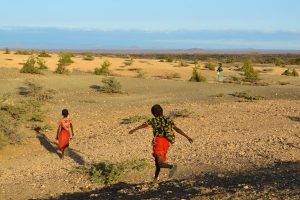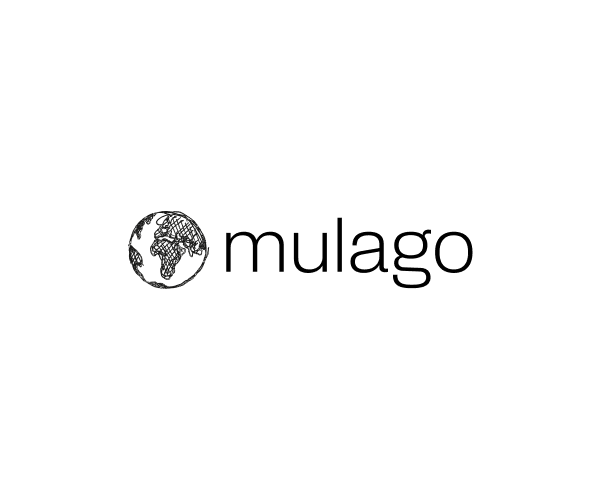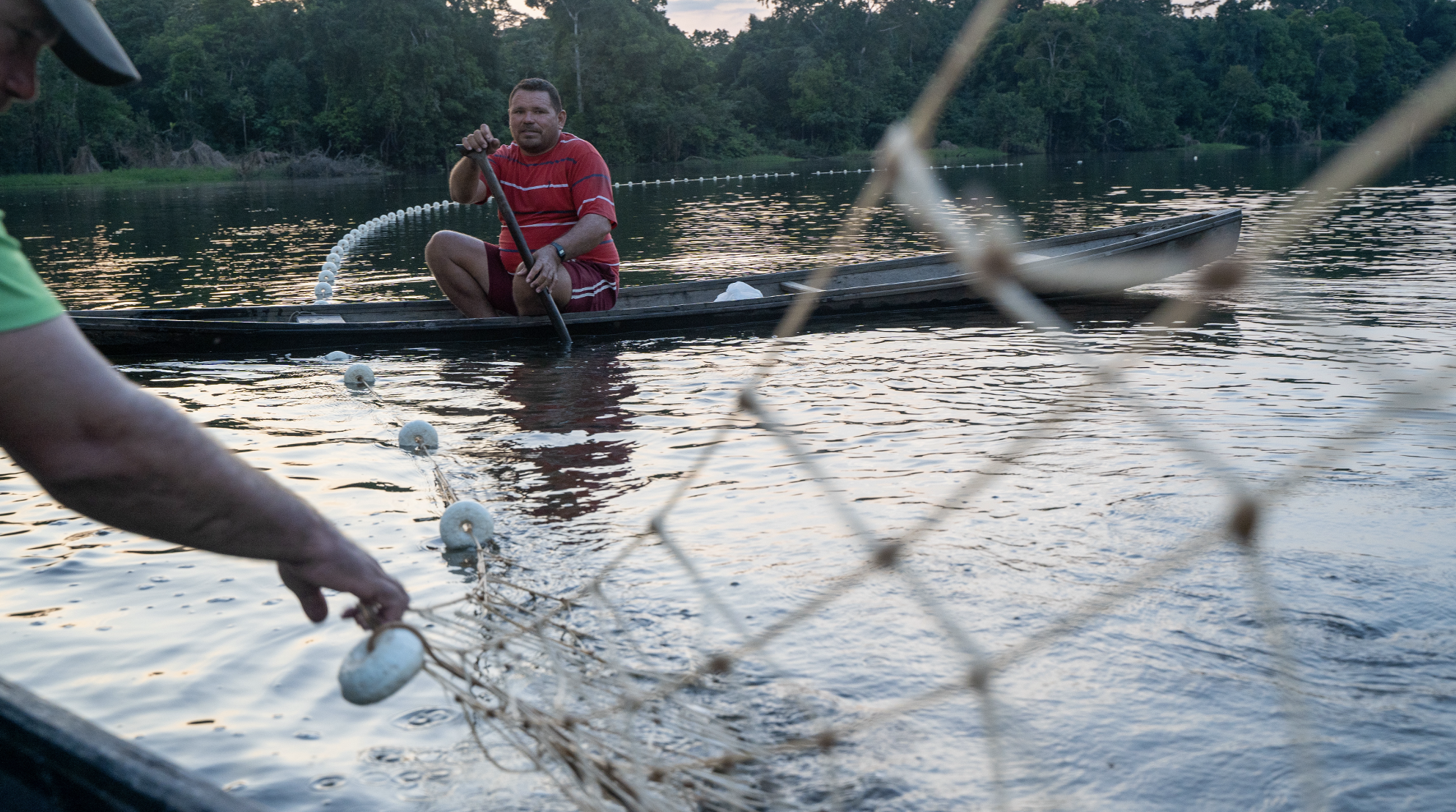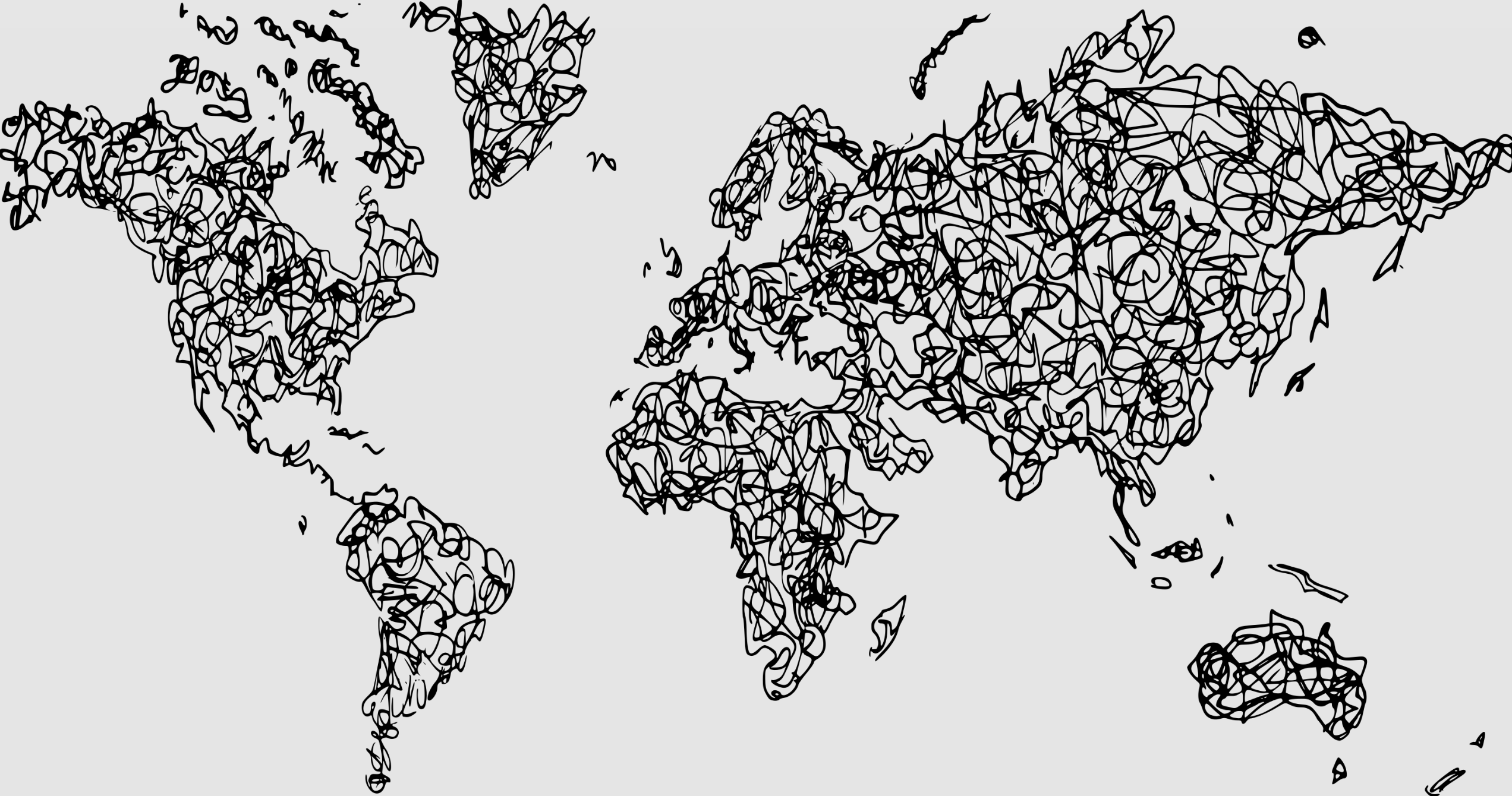A Quick and Dirty Guide to COVID-19 Planning for Non-Profits
Focus on cash and what it means for charting the path forward


You are a non-profit organization – with revenue that mostly comes in the form of grants and donations. The world is changing fast and it’s dramatically affecting your work and the funds you have to get it done. With both the resources and conditions on the ground changing so fast, where do you start?
You start with cash.
If you run out of cash, you have zero options.
Once you know what your cash situation is, you can decide how to spend it.
What follows is a conservative and systematic way to plan for a very tough time.
Step One: Cash
Your first step is to get a good handle on your cashflow under a very conservative interpretation of the best information you have right now. I call this the very bad (but not worst) case scenario. In this scenario you should assume at least the following:
- social distancing for the next 6 months
- a global recession likely to last 18 months or longer
Why just one scenario? Of course, things could get much worse – indefinite lockdowns, social unrest, global depression - but that takes us to the level of an indefinite global catastrophe. I don’t know how you plan for that. It’s ground zero for everyone.
There is also the not so bad scenario – maybe restrictions don’t last as long, the toll of the disease is manageable, the global economy quickly rebounds. We all hope this happens, but is it something you should plan for? I don’t think so. If things go bad, you’ll be out of cash, left with zero options. The point of this exercise is to make sure you survive the next 12 months and allocate your resources in the best way possible.
So, back to cash.
The good news for many non-profit organizations – at least those mostly funded with grants and donations – is that known revenue can often be fairly well projected because it is lumpy and has long lead times.
The bad news is that non-profit revenue is often lumpy and has long lead times – meaning that your options are limited for growing it in the near future. The implication is that you must focus on managing costs.
A cashflow model is a fundamental tool for all business planning and is not the same as a budget. A budget is independent of cash and not time sensitive. Cashflow is simple in concept. At the beginning of each month you have a cash balance. Over the month you add to that (“cash in”) and you subtract from that (“cash out”). At the end of the month you have a new cash balance. What you absolutely need is a positive cash balance at the end of each month. If you run out of cash, the organization will not survive. It’s that simple.
Cash In
- Known revenue: Figure out what cash is coming in. Known revenue includes anything in the door, 100% committed or >85% likely (based on real information – not your inherent optimism!) Ignore everything else. If in doubt, contact the funder – they might actually commit funds that weren’t really committed yet.
- Individual donations: They need special attention - especially if they are a big part of your revenue and come in at the end of the year. They will probably shrink – maybe by 30-40%. Again, contact your major individual donors and ask them to commit. Maybe go even further and ask them for their donation now.
- Corporate contributions: Same as individuals – but fair warning that they are likely to dry up for at least the near term. This will have big impacts on those of you using CSR funding in India.
- Timing: Pay special attention to the timing of when the funds will come in – it can mean life or death for an organization. If you have a big payroll expense coming up, it does not help that you have money arriving in December.
- Restricted vs Unrestricted cash: Cash that is restricted only gets added in if you can still deliver on the activities it's restricted to. Best is to ease or eliminate as many of those restrictions as possible. Many funders are open to renegotiating restrictions. At a minimum, ask them to advance the overhead portion so that you can retain your key people (and live another day to deliver on their restricted money!)
- Credit lines: If you have one, the year ahead may be the time you need to use it. Make sure you have the paperwork ready.
Cash Out
- Payroll: It’s always the biggest cash expense. Freeze hiring, freeze pay increases, impose pay cuts if warranted.
- Fixed costs: Identify any fixed cash expenses that you cannot change without breaking or easily renegotiating contracts. Breaking a contract – including employment contracts – can be very costly.
- Irrelevant expenses: Do not include any non-payroll expenses that are related to work you cannot do in the current climate. Stop that spending immediately.
- COVID-19 specific expenses: Consider that some expenses might increase, especially those connected to remote work and service provision.
- Delay: Push out or defer as many other expenses as you can.
Having fed these into your cash flow projection, you now have the bad case projection and an understanding of how robust or precarious your cash position is.
Note that while this is presented as a one-time exercise, it’s really an ongoing process. Each month gives you new information. Put it into the model but keep the principles the same – use only super-conservative estimates of revenue through at least April 2021, and manage towards a positive month end cash balance every single month.
This kind of planning is not the same – nor a replacement for – all your normal financial management. It is an exercise to help you see clearly what resources you can count on in the next year and use that information to make a set of management choices.
All easier said than done – believe me, I know it’s more complex – but the basic principles are straightforward:
- secure as much fully committed funding as possible and know when it will hit your bank account;
- shrink your costs as much as possible, taking into account changes to your activities under extended social distancing measures.
Step Two: Charting the Path Forward
Now comes the planning. Given what your cashflow model tells you, you have a range of options to consider. The “survive, maintain, respond” framework is useful for making decisions.
- Survive means you keep the doors open so you can someday fulfill your potential.
- Maintain means that you 1) continue to serve those who rely on you, and perhaps 2) continue to grow your impact.
- Respond means that you use your organization’s strengths (e.g. distribution network, professional expertise, core technology, etc.) and resources (unallocated, flexible cash) to launch new initiatives in direct response to the COVID-19 crisis and its aftermath.
Survive
When you’ve got your cash flow figured out, ask yourself, “do I have enough money to survive, to recapture my momentum for another day?”
If not, you should cut or defer more expenses. You will probably need to further shrink your payroll and reduce your scope of work by limiting, for example, the geographic reach of your programs.
There are no easy answers for how to make these cuts – you and your board have to make the tough decisions together. There are a lot of variables to consider – the amount of the shortfall, employment contracts, company culture, restricted funding, sustaining key relationships – just be thoughtful and cognizant of the risks ahead.
Why 12 months? It’s pretty arbitrary, but it’s reasonable and prudent given the state the world. You could extend your horizon, but the funding cycle and revenue sources for most non-profits make this impractical.
Obviously anyone in this situation will immediately start thinking about how to bring in more revenue. That’s a good response in a normal environment. This isn’t normal. Grants, donations – even a new earned revenue line – take time to cultivate and realize. Most funders (understandably) are now doubling down on their existing portfolio. Many will be spending more in the US. If you have a cash shortfall, talk to your existing funders first. At least ask them to send their money sooner. Cash now is worth a lot more than cash later.
Most importantly, don’t lose hope – remember that this is a conservative planning exercise. It does not mean it will happen. But you need to plan for it now in case it does happen. You’ve got to keep the doors open – even if it means your work is severely constrained – so you can live to fulfill your potential in the future.
Maintain
Now that you can survive – either because you had good reserves, a good funding pipeline and/or you’ve cut your expenses – it’s time to ask “how do I allocate my resources so that I sustain – or maybe even grow – my impact and continue to serve those who depend on me?”
If you work in agriculture, this means stabilizing or growing farmers’ income. If you work in maternal and child health, this means maintaining perinatal care and safe deliveries. If you work in sanitation, this means sustaining access to services. Don’t be afraid to let go of old ways of doing business. If you work in schools, for example, you need to find new channels to educate kids.
The current crisis might also be a great opportunity to shine. In past crises – Ebola, Nargis – we’ve seen how a strong, well-led organization can emerge with excellent government relationships, more visibility and enhanced operational capacity. Crisis is often when new ideas and new relationships take root. Think about the possibilities – at the end of 12 months, how can your organization be poised for even greater impact?
Through all of this, you must stay within the boundaries of the bad case cashflow projections. Cash is the fuel you have to work with.
Respond
Perhaps you have flexible cash and you simply cannot do what you were doing before – you worked in schools and they are closed. Or perhaps you have special assets and capabilities that make you ideal for a COVID-19 specific response and new funding. Development Media International, for example, has pre-existing content and media relationships that they are using to broadcast essential pandemic information across Africa. If you are in one of these buckets, you might consider new initiatives that are both timely and meaningful.
If you have the cash and do launch something new, make sure it is well-aligned with your organization’s mission, core assets and expertise. Be disciplined about what you can and cannot do. Nobody can afford to waste resources on stuff that doesn’t work. And if you fail, it won’t help you when all of this is over.
Survive, maintain, respond. Non-profit organizations need to enter the next 12 months with a firm grasp of the money they can count on and the choices it gives them. With good planning. you can weather the hard days ahead and come out stronger on the other side.
Impact in your inbox
The best stuff we run into, straight to your inbox. Zero spam, promise. To see past issues, click here.






